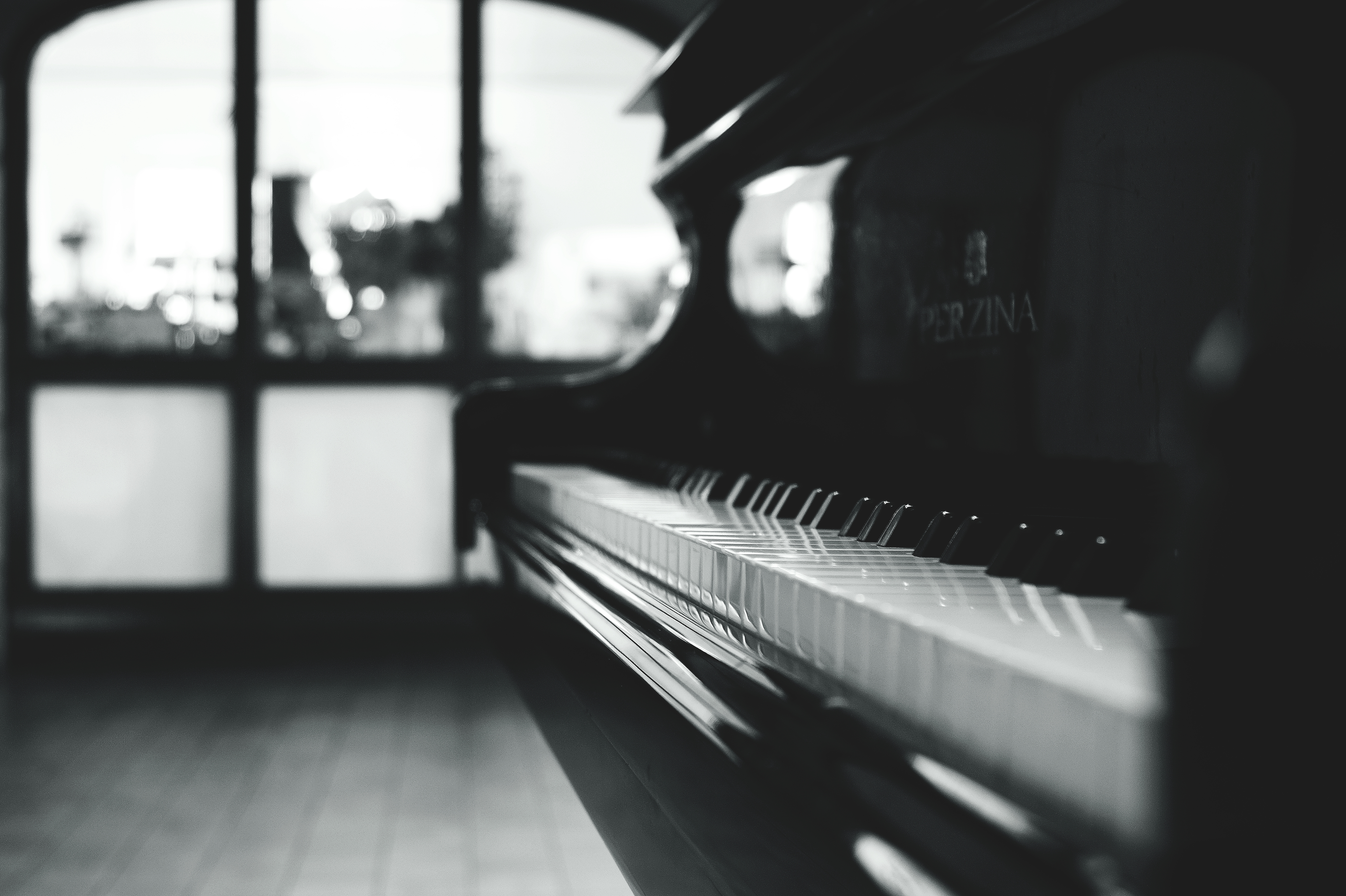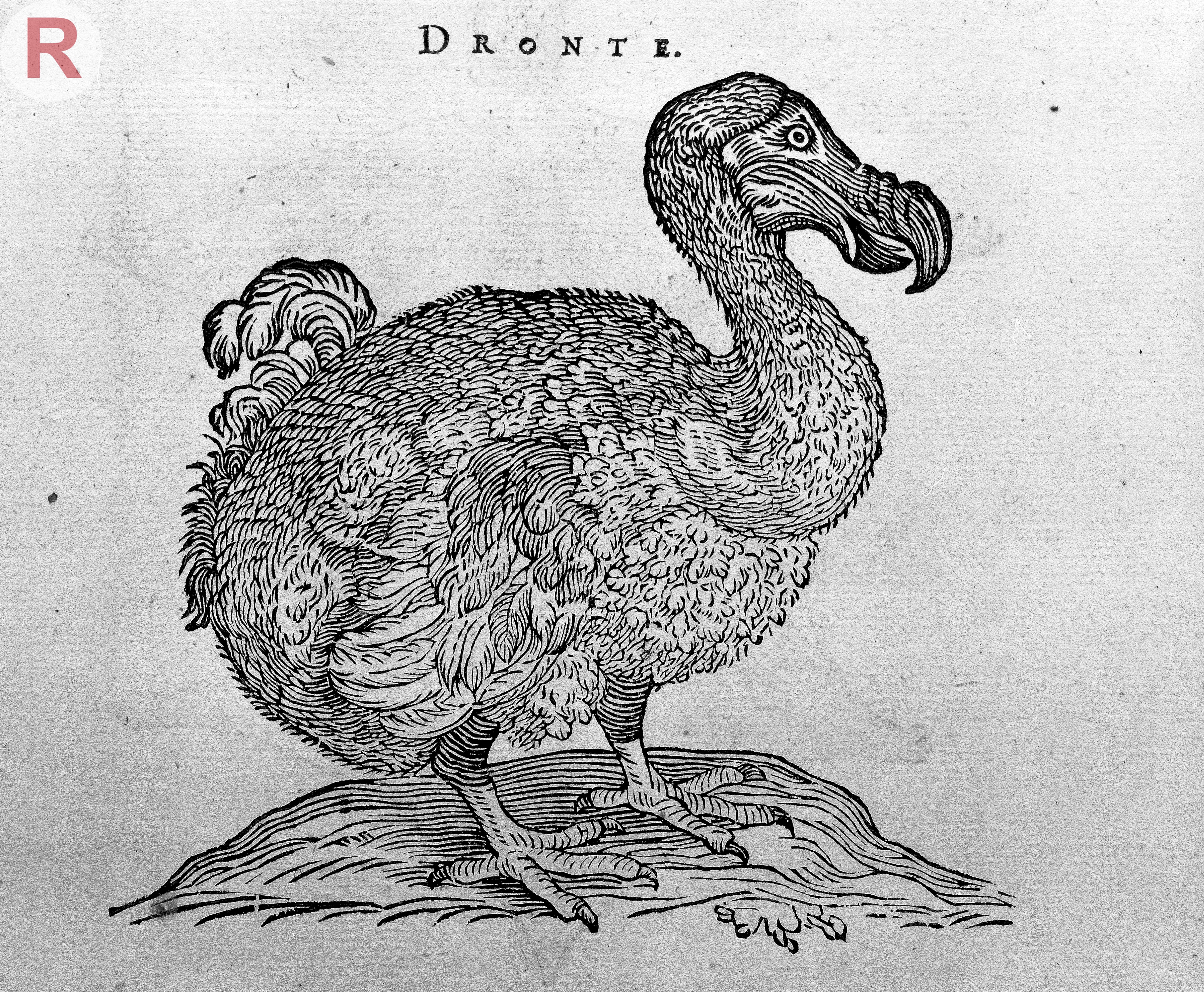
By the time I left primary school, my rumbustious classmates and I were familiar with over 200 pieces of classical music. That’s surely an extraordinary statistic by today’s standards. The school was not a ‘musical’ one. It was a state primary in a suburb of Sheffield. It was no Academy, it had no special funding. It simply had a piano and a local lady who played it, known to us as Mrs Marsden.
Twice a day, Mrs Marsden treated us to a piece of piano music from her wide repertoire: once on the way in to assembly, once on the way out. A little group of us started to hang around the piano until the final note: she always played to the end of the piece, even if the rest of the children had left the hall. We started to request repeats of the music we liked the best and she programmed accordingly.
In between these classical bookends, she provided consistent and steady piano accompaniments to the standard assembly hymns we sang, commonplace in secular schools in the 1970s and 80s. For 180 days a year, for 7 years, we repeatedly experienced how music felt finished and ‘right’, how music seemed to ‘go somewhere’ or could leave you hanging, like an unfinished sentence. How music became exciting and then brought you back again, how music was built of interlocking patterns and shapes and blocks, like a jigsaw puzzle, and how they all somehow had to balance one another to make the piece of music a ‘good’ one. We knew these songs and hymns like old friends. We knew them so well that we could play spot-the-difference between the stanzas. I became fascinated by the placement of commas in the text and how they could disturb the musical line. We all waited in anticipation for the endings of the Christmas hymns when Mrs Marsden revealed a glorious stratospheric descant that our young voices matched with relative ease.
Unbeknown to my small self, I had a primary school musical education gently imbued with the workings of four-part harmony, rich in consonance and dissonance, cadence and resolution, polyphony, leading notes, ostinati, modulations. A primary school education that continually embedded and reinforced the roots and principles of Western music. And not one of us knew what a clef or a minim was.
In a week when many of us have expressed disappointment in a Guardian article by Charlotte Gill, I’d like to add this to the mix. In that primary school, we absorbed music like a child absorbs a spoken language, developing an intrinsic understanding of structure and effect long before the rules that constitute grammar are introduced. Many years later, when I was taught how to label music, I found I had a surprisingly sophisticated knowledge of what-comes-next-and-why. Put simply, I knew the workings, the building blocks, the lexicon of music. And I had learnt it musically – just by listening and joining in, again and again.
Every year I write and take a touring chamber music production into schools. I’ve had a snapshot experience of around 40 different community primary schools and over 8000 children and their responses. Many schools seize the opportunity of the daily assembly as a chance to play some music as the children walk in. There are pieces of paper pinned up on the wall listing the music being played that week: a piece of film music, African drumming, a movement from a Western Symphony, Indian raga, Bob Marley, Scott Joplin, Elvis Presley, musicals. The schools are right to be proud of their musical diversity. But unlike Charlotte Gill who worries for a lack of diversity, I worry a little more for a lack of plain and simple repetition. We know that repetition and pattern are vital for children to learn. Every piece of research backs up what every parent knows: that toddlers want the same bedtime story again and again, that nursery rhymes are brilliant precisely because of their predictable formula. Repetition gives children a chance to develop schemata for making sense of things.
Did this lack of diversity, did this overkill of ‘old, mostly classical music’ in my primary school turn us against music? Did it turn us into classical musicians? Of course not! My friends and I became passionate (and I mean really passionate) lovers of rock music, of pop, folk, jazz, opera, of music from other cultures. I believe that we were given an invaluable foundation, a safe canvas from which to depart from and to go off and explore. The key was repetition, the chance to join in and – gently, naturally, over time – develop an awareness of how this Thing worked. I know that Mrs Marsden’s model wouldn’t cut it today, but as I reflect, I find myself questioning the balance between wide variety and more restricted repetition in education. Charlotte Gill says ‘diversity breeds diversity’ – and it does – but at some stage, we surely need to work out where the diversity actually lies, where and how something is different from something else, in order to appreciate and enjoy its richness. Reading, writing and interpreting staff notation is just one aspect of musical literacy – and staff notation is only one type of music notation. More so, musical literacy is about a capacity to make music, think about music, give your opinion on music, play, hear, create music. Musical literacy is not a pinnacle at the top of the hierarchy pile – it is the roots and foundation of a life-time love of music and it can be acquired by anybody.

